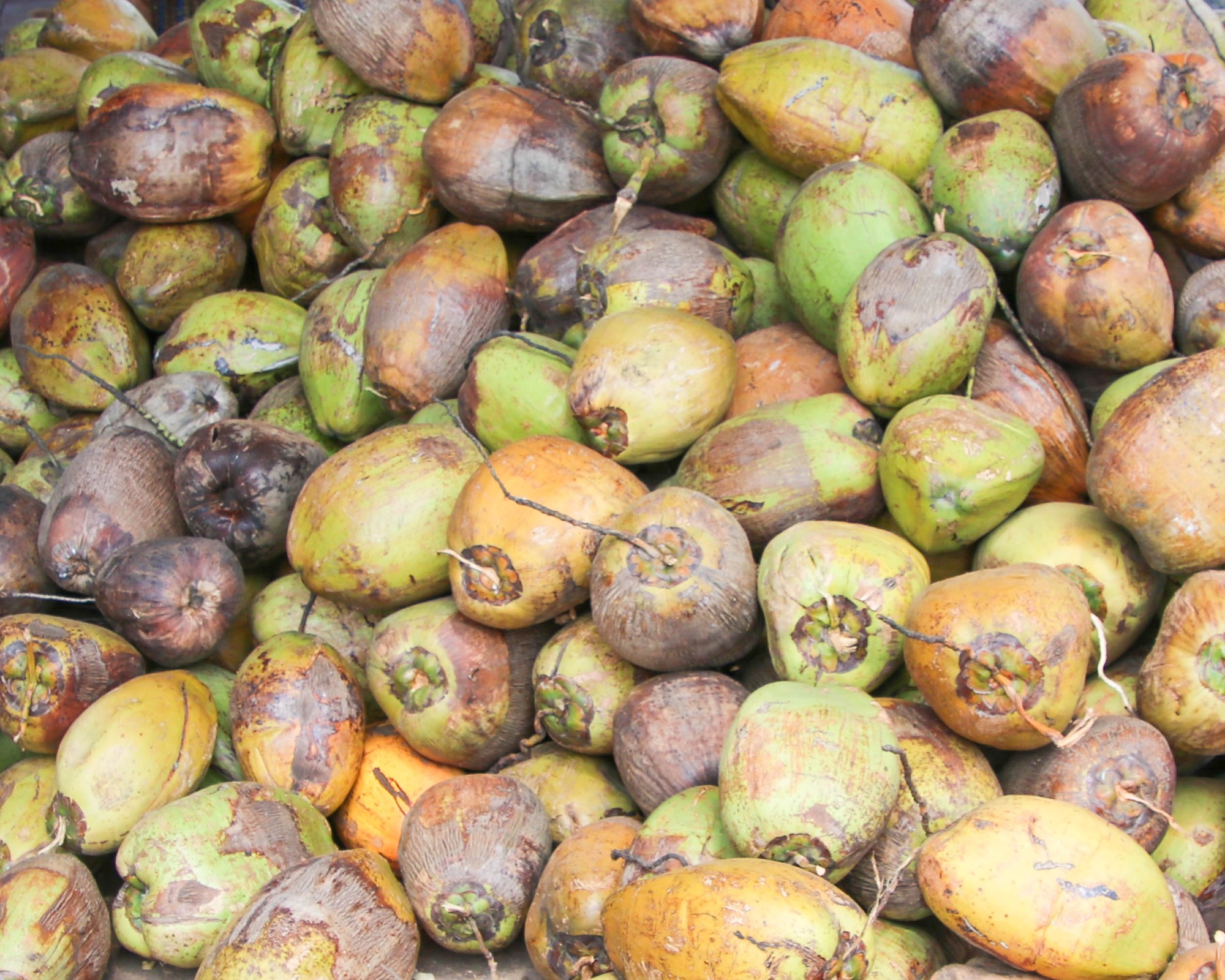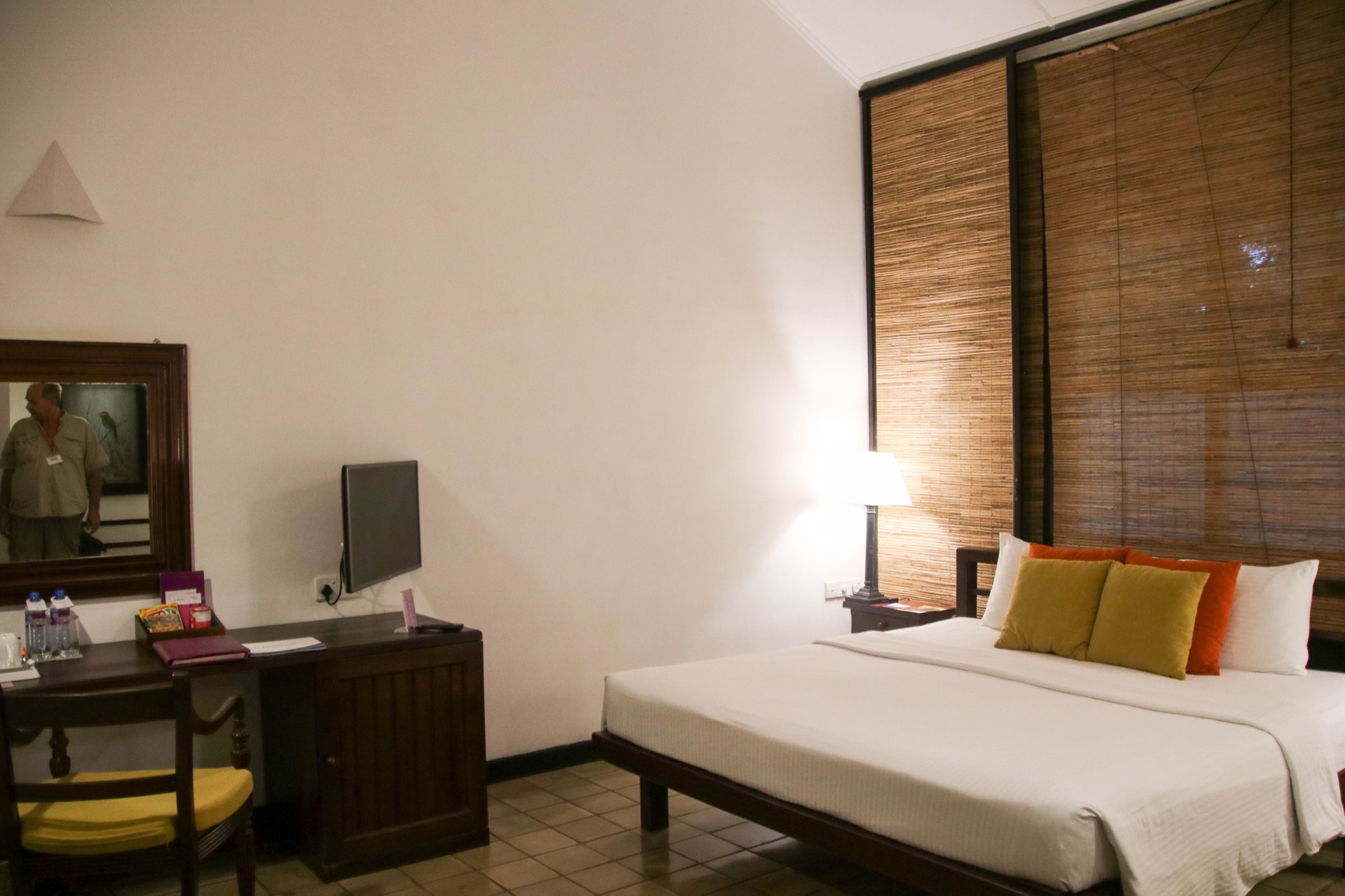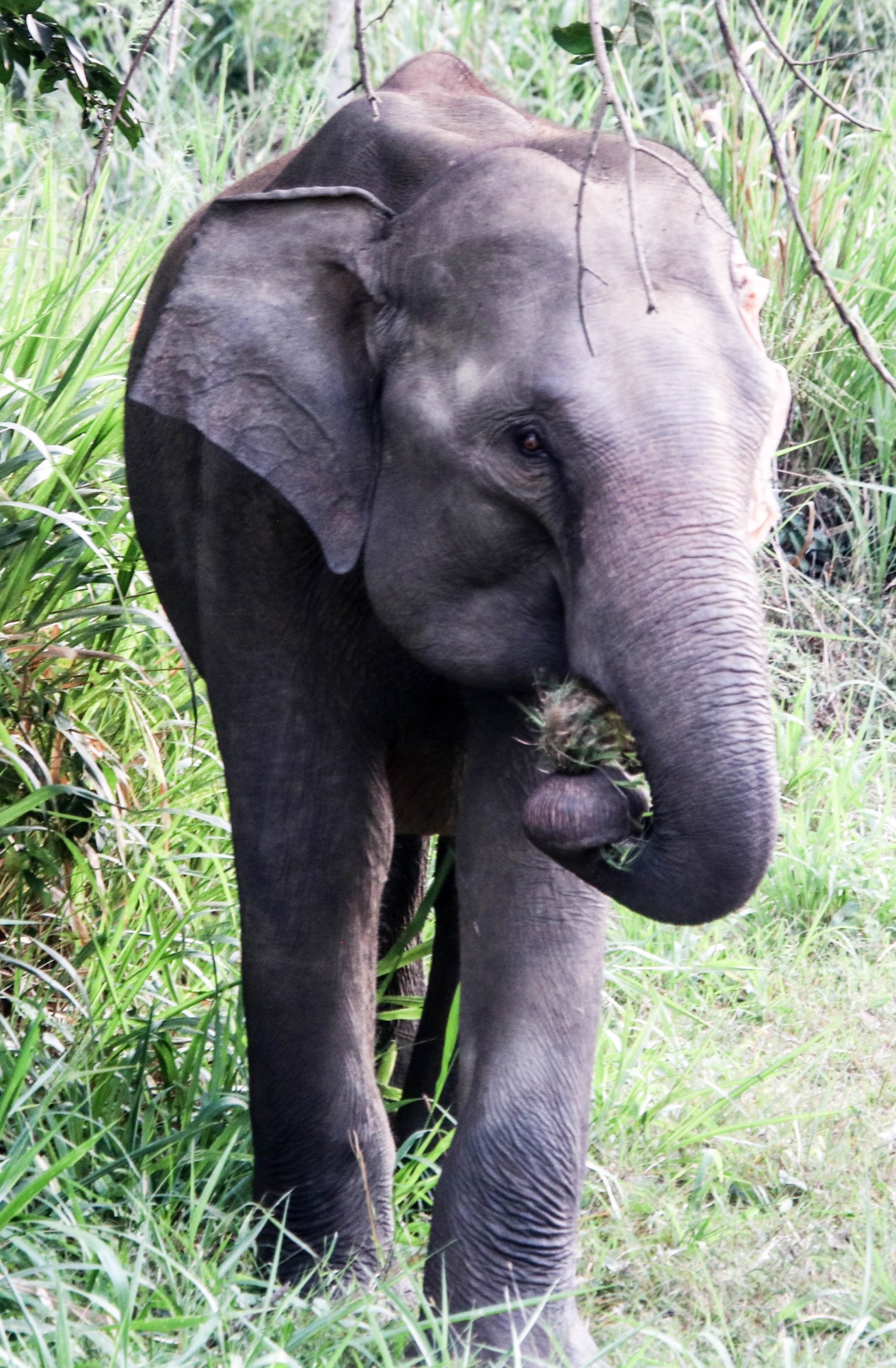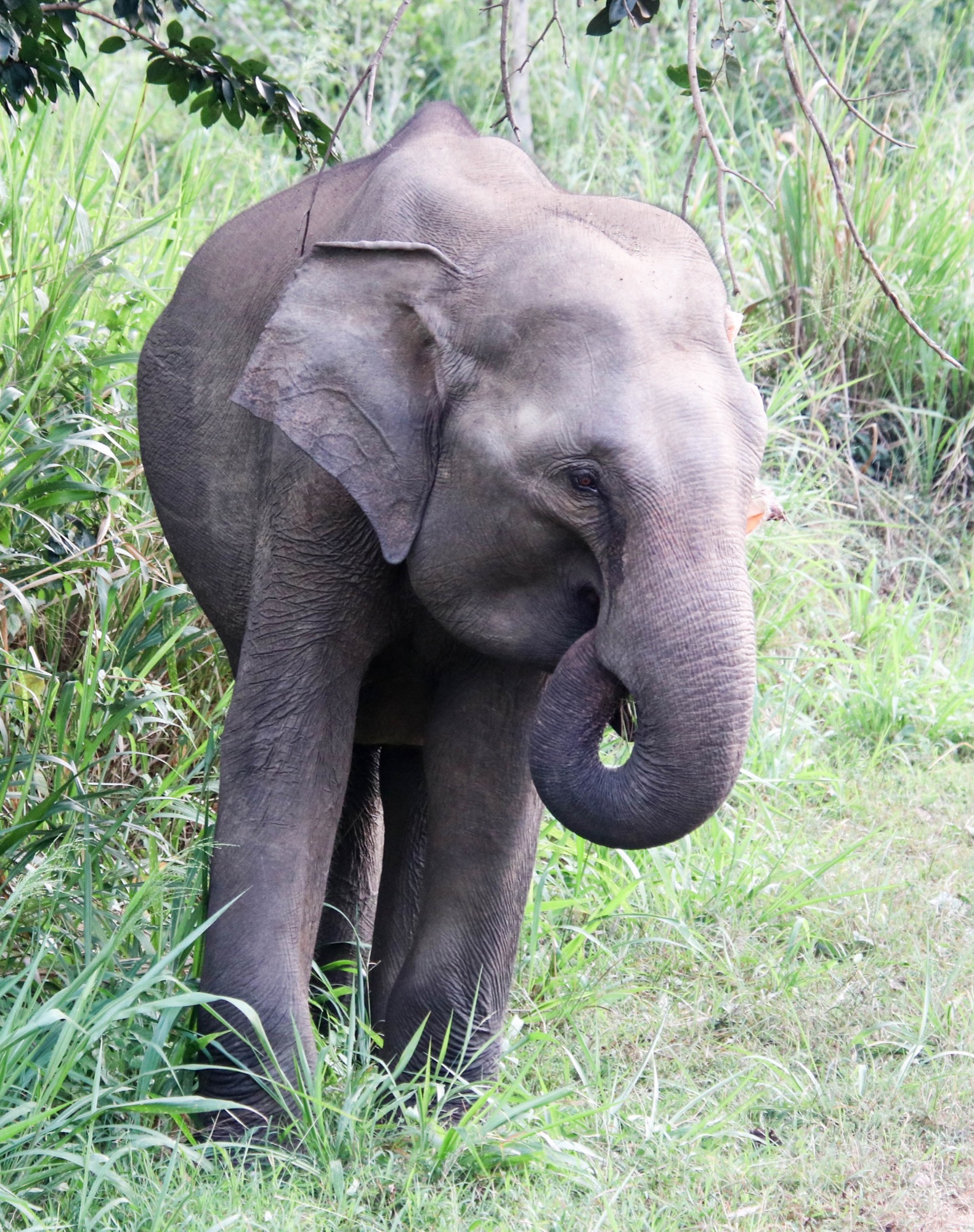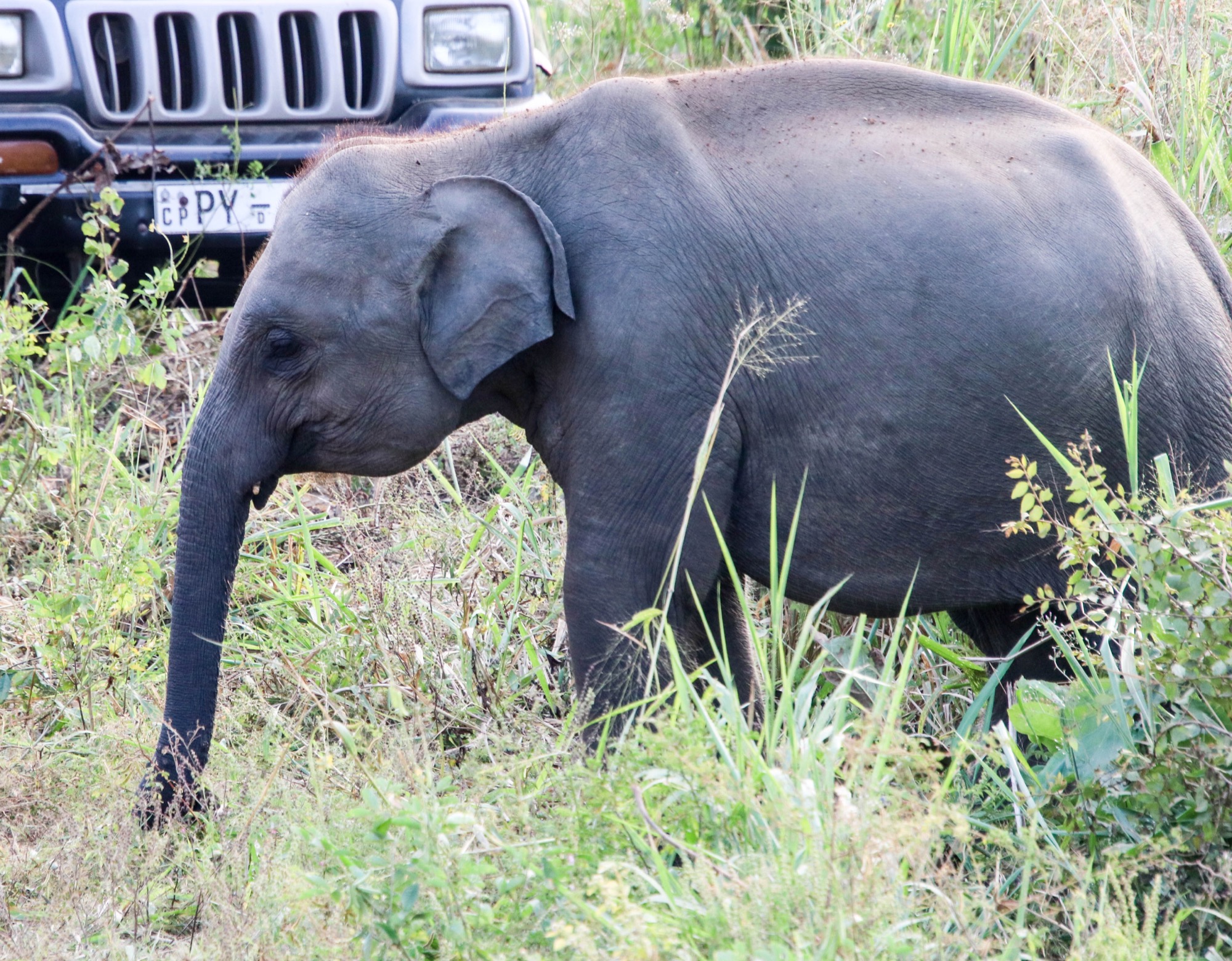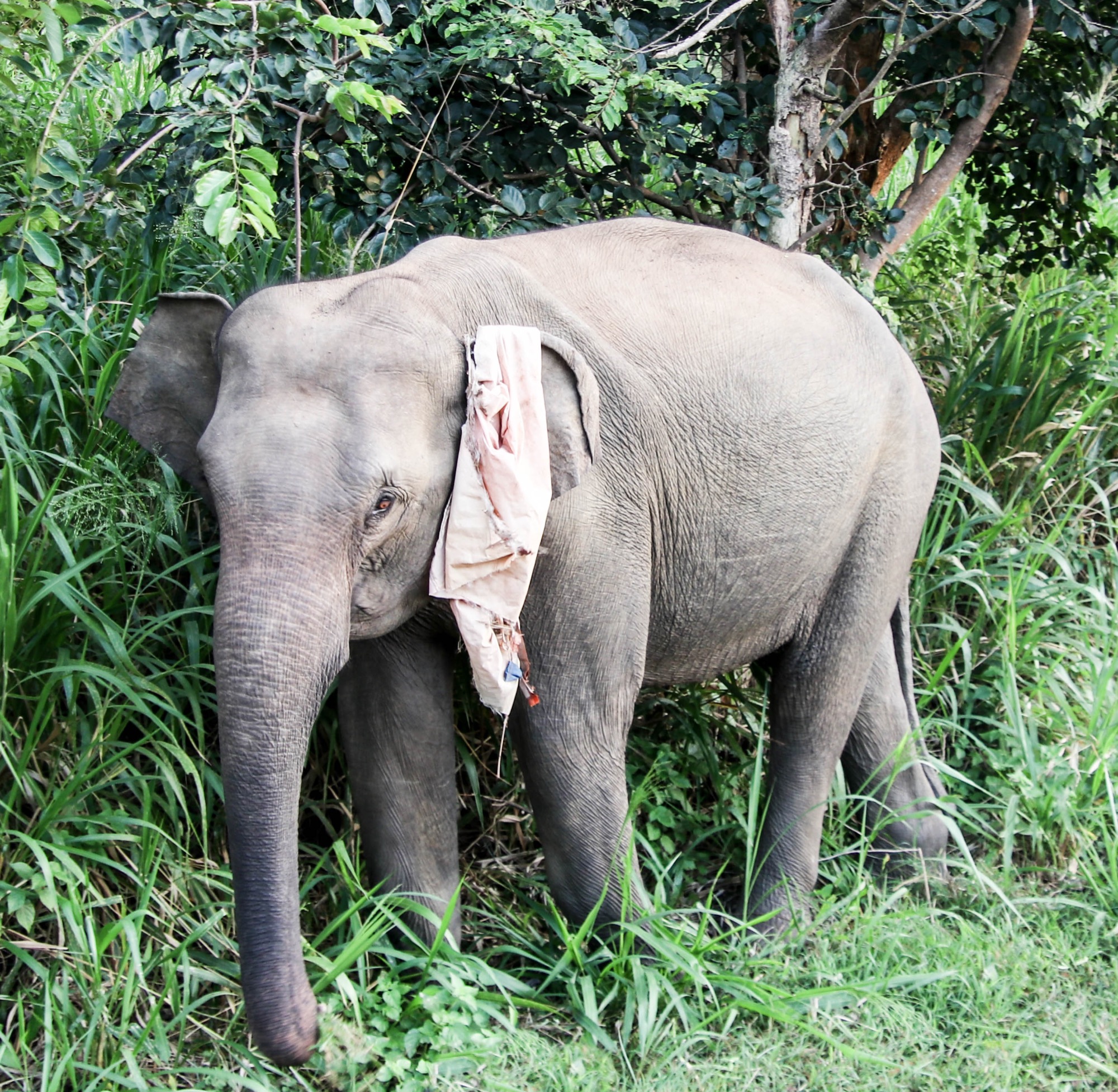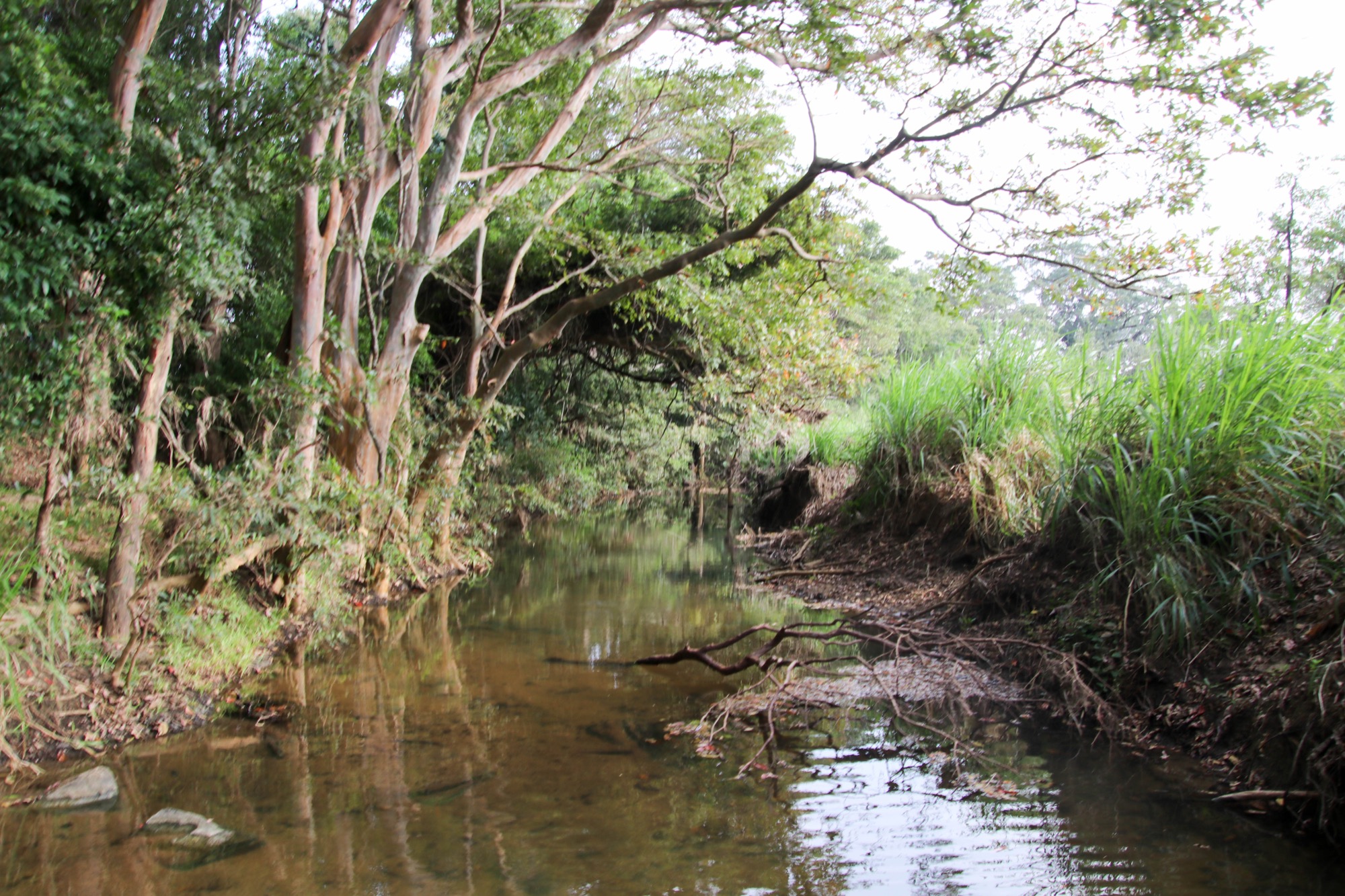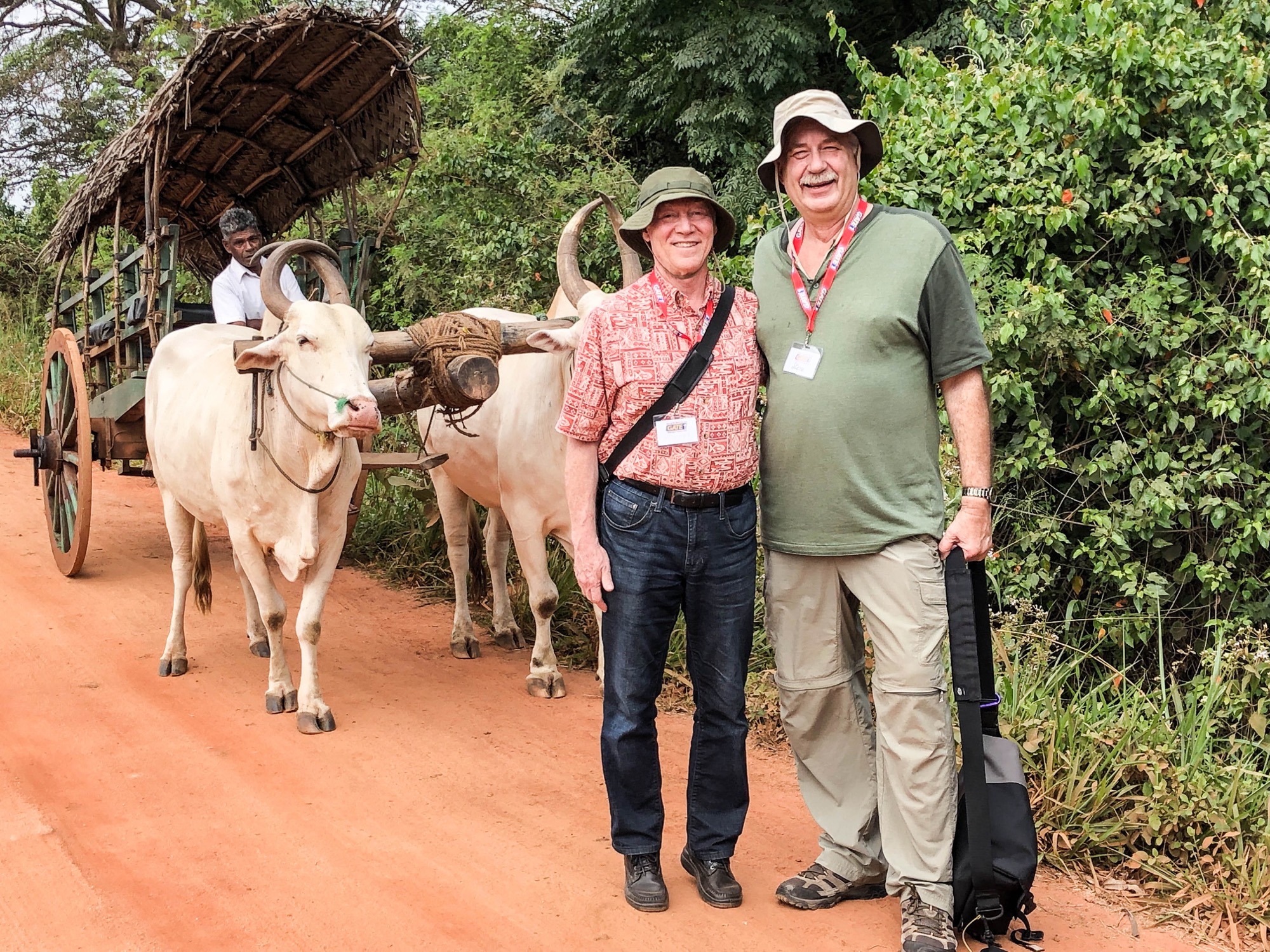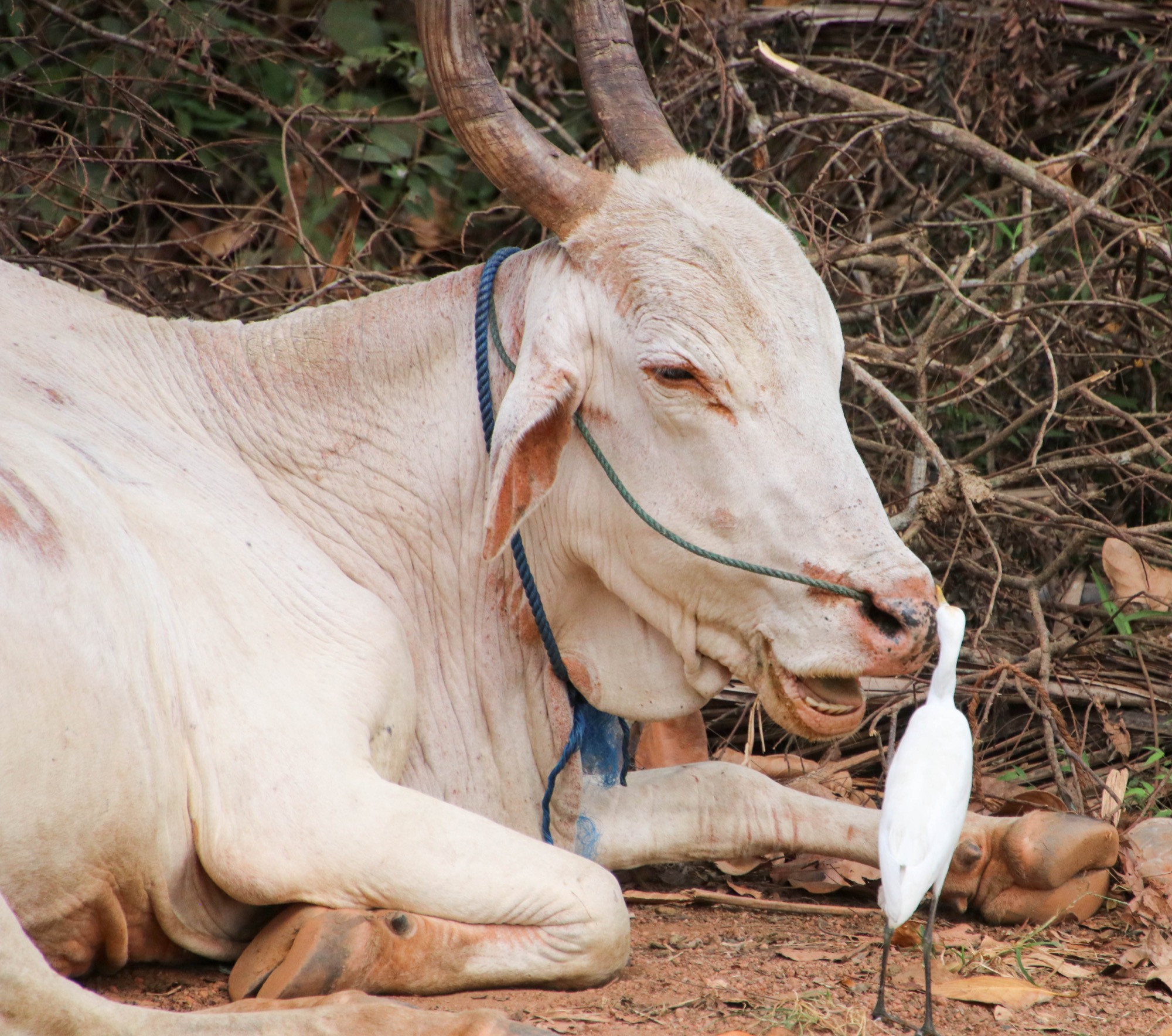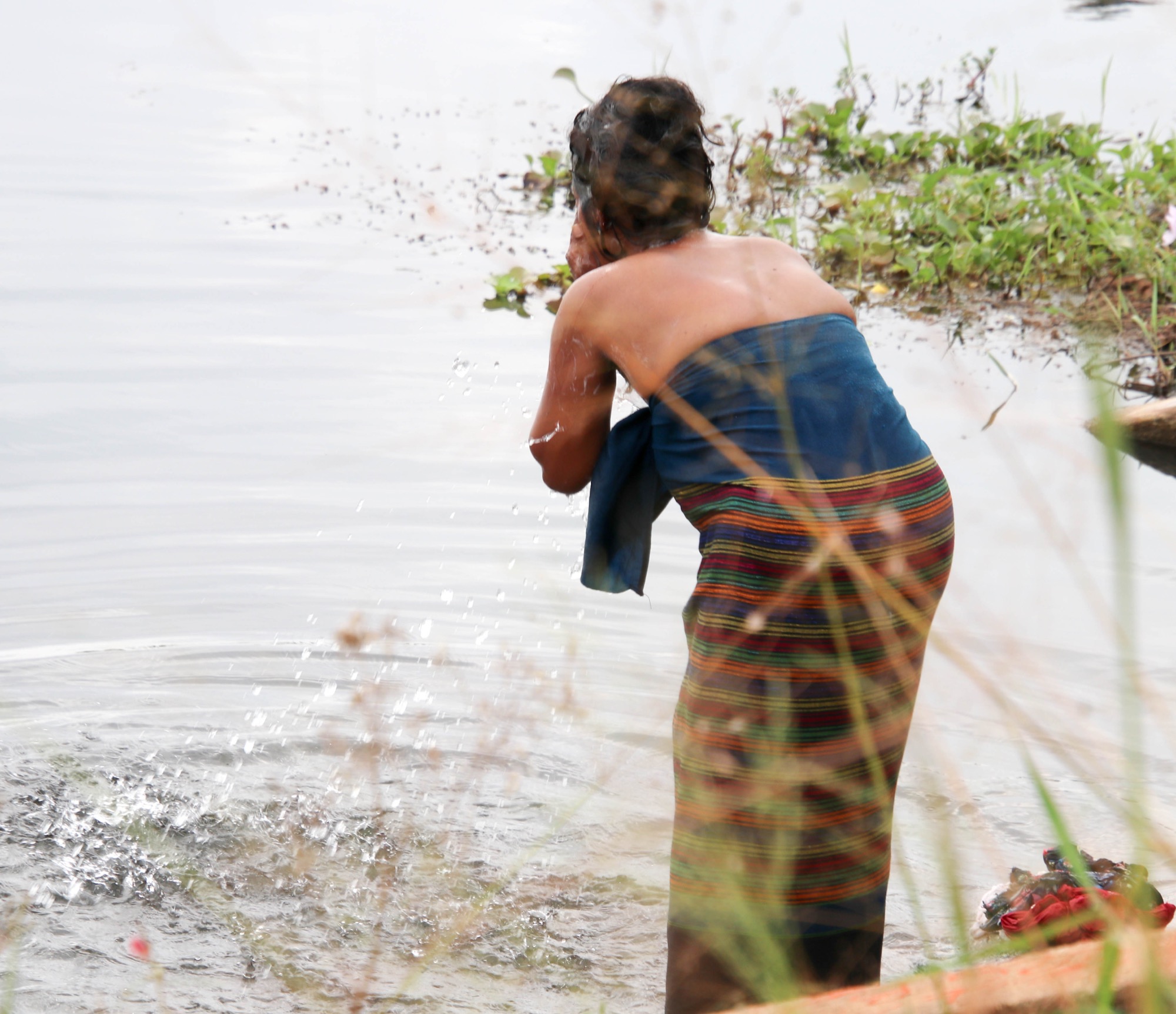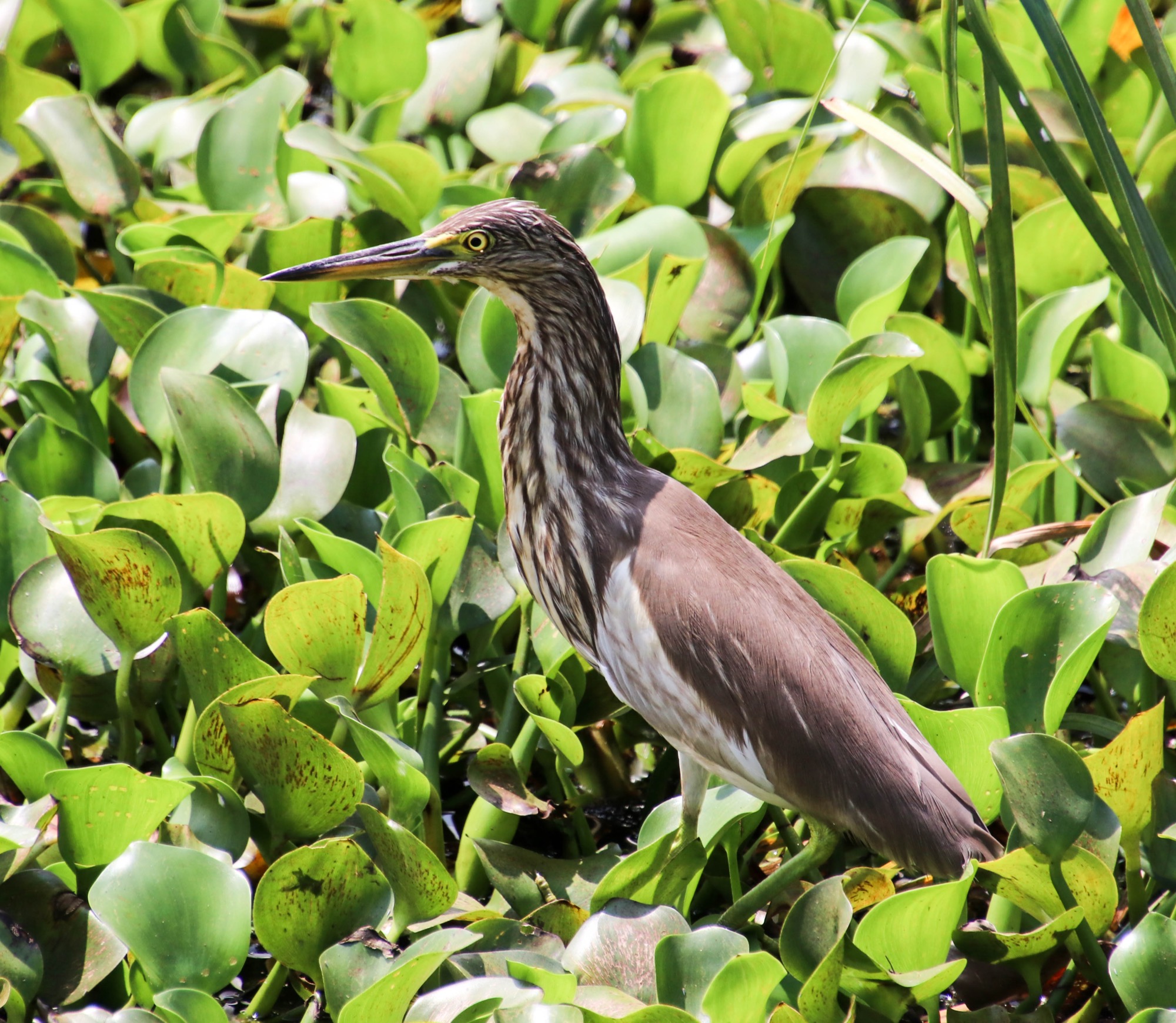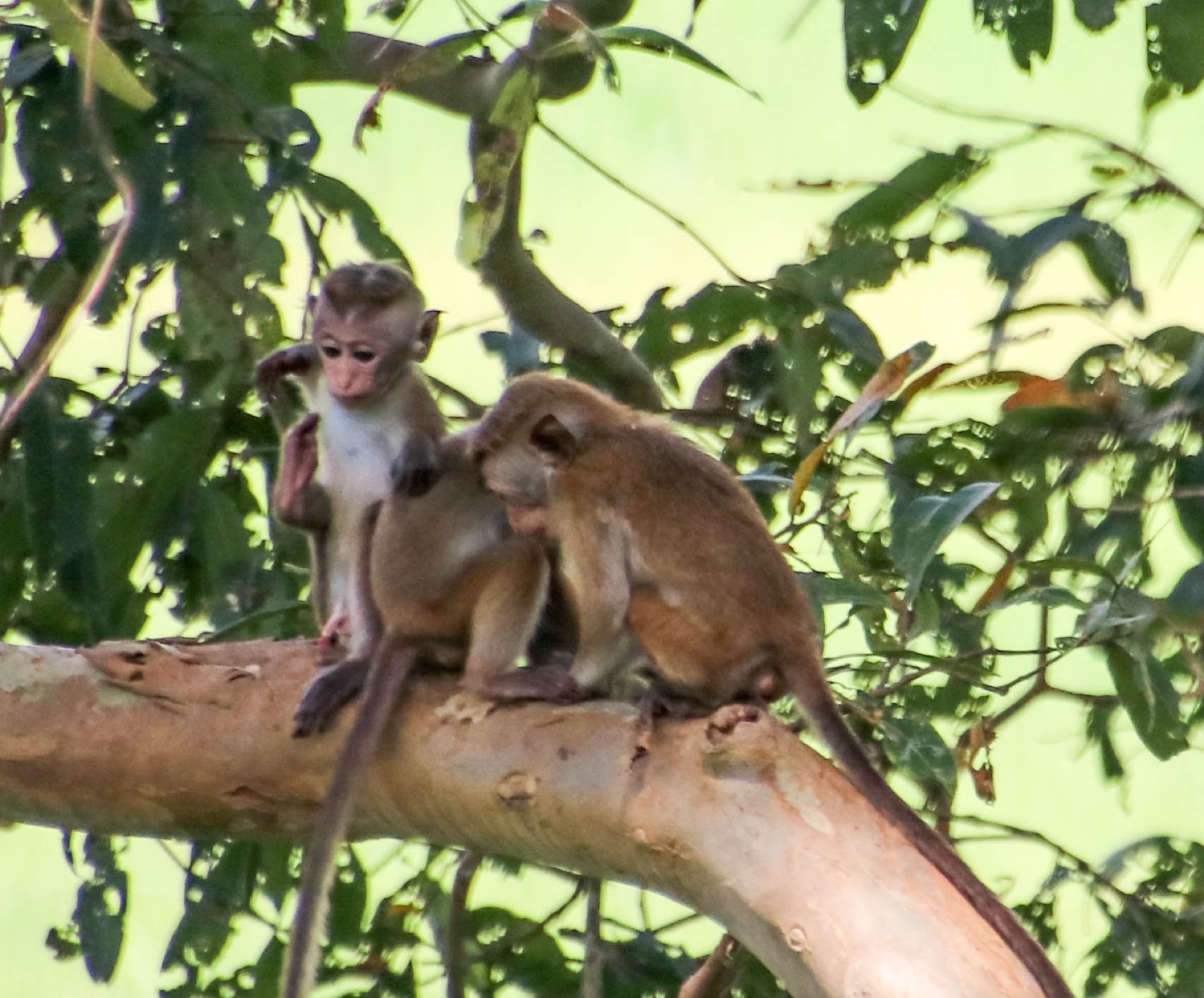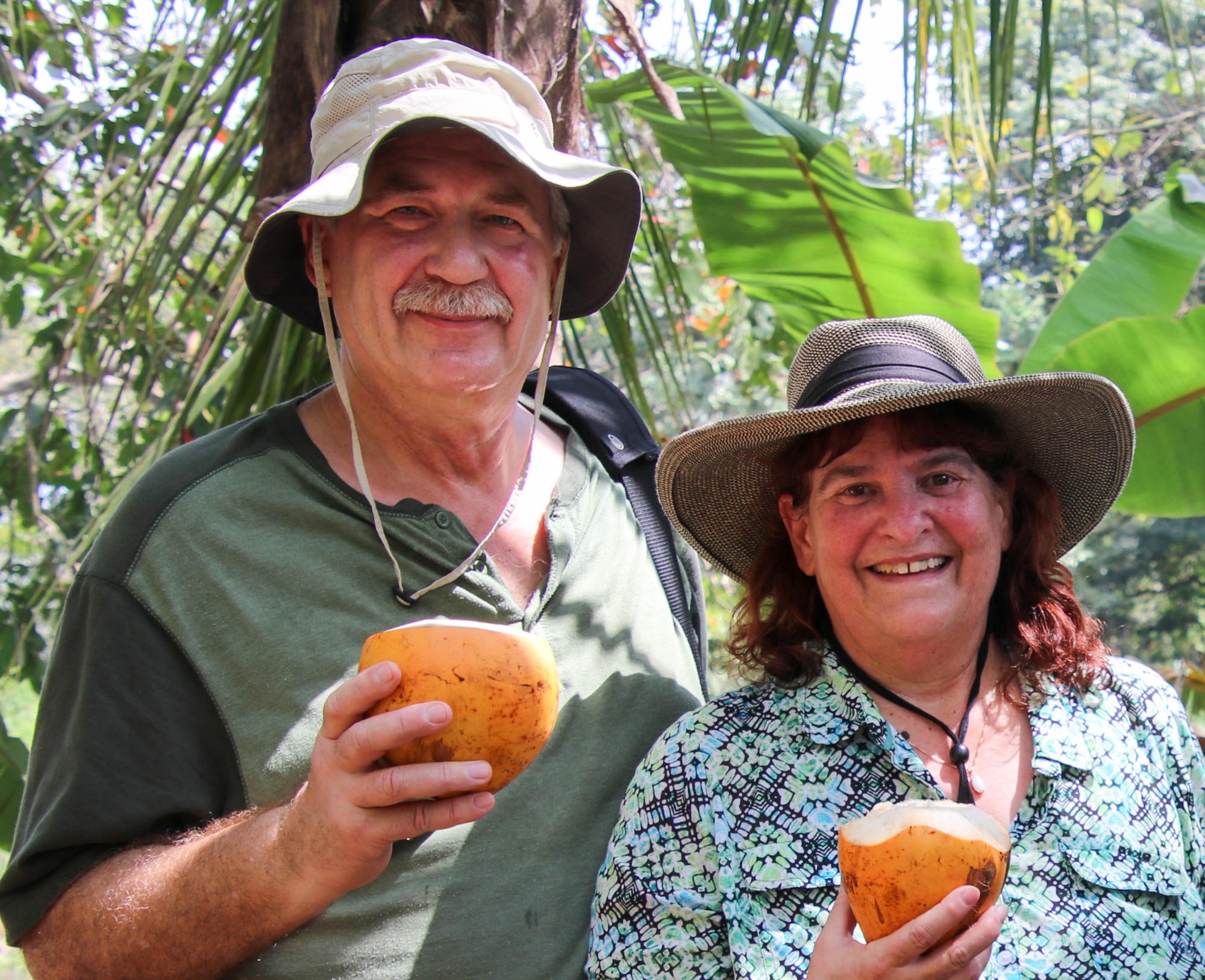Coconut Plantation
Coconuts are everywhere in Sri Lanka and the islanders use every part of the tree and coconut in their everyday lives. The fiber from the husk is used to make rope, mats and rugs. The shells are used to make bowls and spoons. Palm leaves are woven and used for thatched roofs in rural villages. The stem in the long palm leaves is used to make brooms. Then, of course, there is coconut oil, coconut milk, and the coconut meat which are all used in cooking.
When we visited a coconut plantation, we watched a demonstration of how to properly husk a coconut and we were given a taste of the coconut milk and the coconut meat. While the meat was good, I guess the coconut milk must be an acquired taste.

